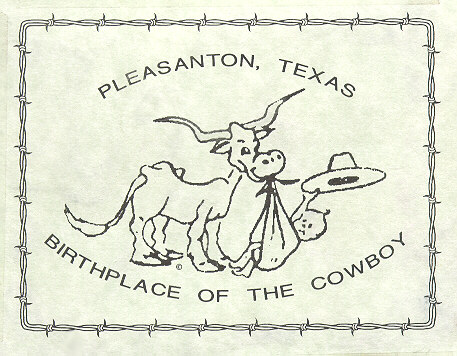
Pleasanton, Texas
By Tracy Bellamy, Fall Semester, 1998
Pleasanton, Texas:
A Town Committed to Improvement
Pleasanton, Texas is a small town that has existed
33 miles south of San Antonio for over 150 years. The town is
affectionately referred to as the "Birthplace of the Cowboy," "The City
of Live Oakes and Friendly Folks," and "Bedroom City." Pleasanton's citizens
have made a commitment to themselves and their children to embrace every
type of change that results in civic, economical and social improvement.
The existence of this town along three main arteries of traffic around
South Texas has prevented Pleasanton from dying.
Click on pictures to see larger view.
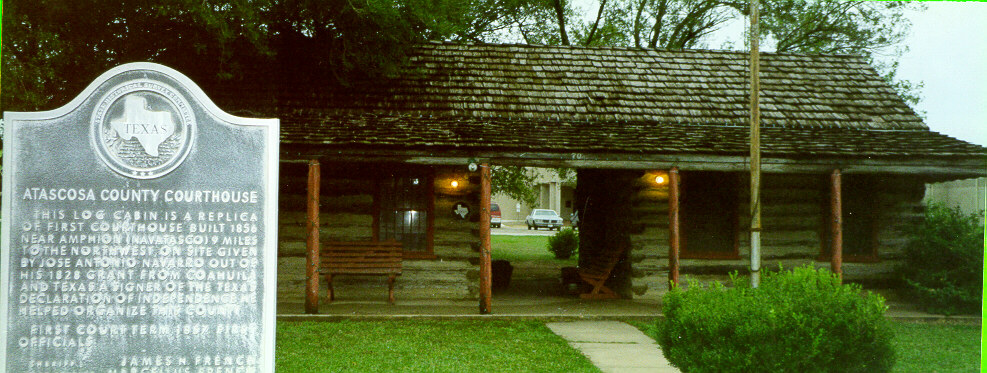
I can not be sure if it was some great ability of John
Bowen to foresee the future or just an uncanny business sense but it was
he who secured the land underneath Pleasanton streets and it was he who
founded this town. Bowen picked a plot of land at the juncture of
two old Spanish roads along the Atascosa River. By September of 1858, Bowen
and his financial partner Henry L. Radaz convinced county and state legislature to incorporate Pleasanton as a town. Consequently, Bowen named the town after his close friend Colonel John Pleasants. Today Pleasanton has three major thoroughfares running through it or past it. U.S. Highway 281 runs
parallel to main street and between the town square and city hall. U.S.
281 intersects Highway 97 which runs east toward Houston and west toward
Laredo. Interstate 37 and Highway 16 run north and south along the eastern
and western edges of town, respectively. Today, approximately one third of Atascosa county's residents live in Pleasanton.
Today Pleasanton has three major thoroughfares running through it or past it. U.S. Highway 281 runs
parallel to main street and between the town square and city hall. U.S.
281 intersects Highway 97 which runs east toward Houston and west toward
Laredo. Interstate 37 and Highway 16 run north and south along the eastern
and western edges of town, respectively. Today, approximately one third of Atascosa county's residents live in Pleasanton.
Pleasanton's second source of life sustaining blood is
its' people. Their determination to secure a better life for themselves and their children
shows no boundaries. The first pioneering families of record are:
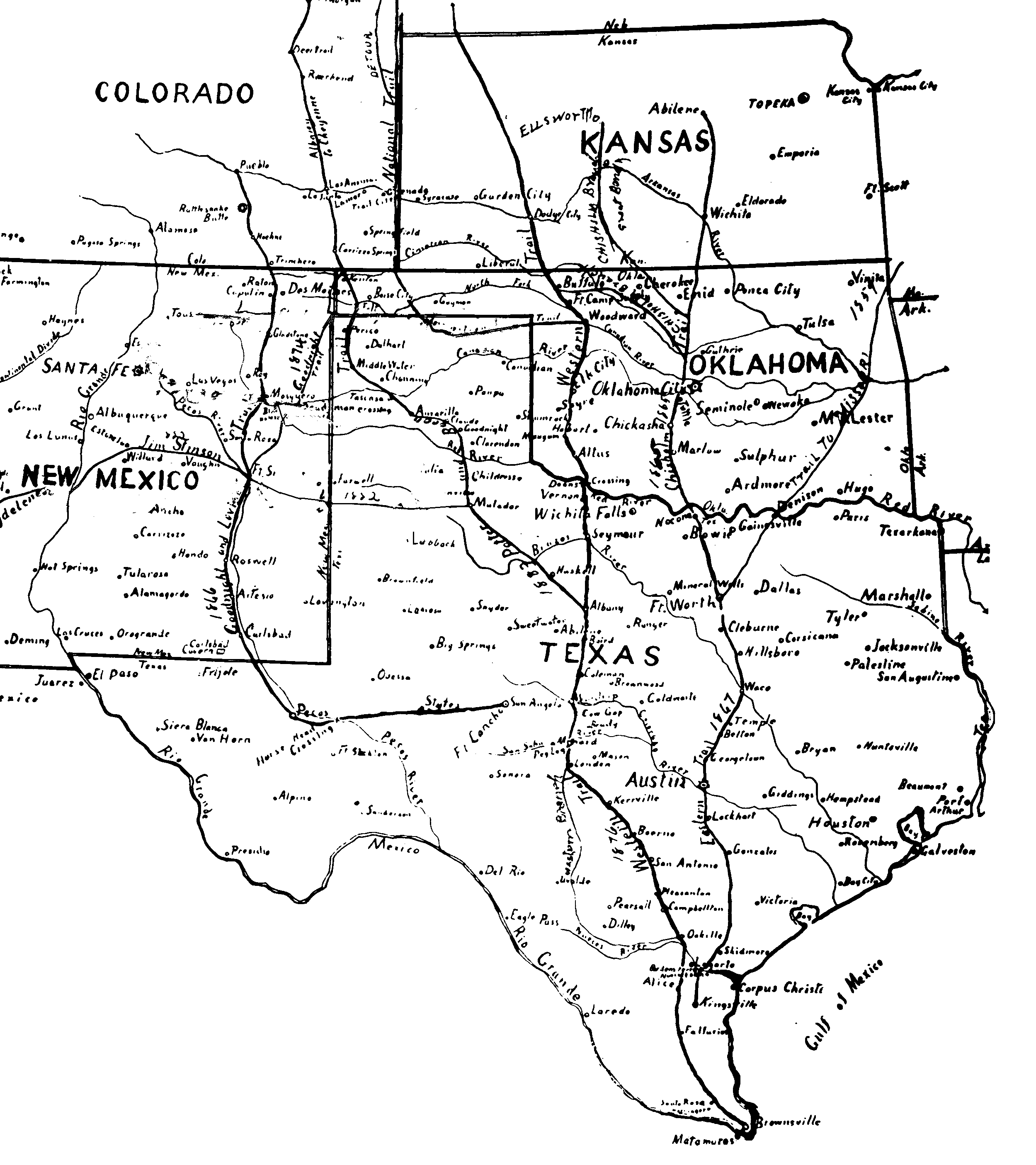
- Thomas Brite and sons (Rancher)
- E.B. Thomas (Store owner and first home owner)
- Tobias Kelley
- Calvin S. Turner
- Judge A.C. Fairman
- J.H. Dorsey
- John
W. Stayton (Blacksmith and Lawyer)
- V. Weldon (brother-in-law and partner
to Stayton)
- W.W. Whitby (Methodist Preacher)
- John Wesley de Vilbisa (Methodist Church)
- Thomas B. Ferguson (Preacher)
- Elija O'Brien (Livestock Exchange)
- William Herndon (Cowboy)
- N.B. Tucker (Cowboy)
- Alexander Anderson (Cowboy)
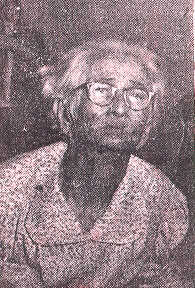 Many of these men
lost their lives to Comanche Indians as they began
to build their lives in this vast and wild land.
Many of these men
lost their lives to Comanche Indians as they began
to build their lives in this vast and wild land.
The willingness of pioneering people and the vast economic
opportunities available to them prevented the townspeople from putting
all their eggs in one basket. Whether it was intentional or not, this act
of diversity prevented Pleasanton from following the path of some towns
that based their whole economy one thing, such as gold. As the land changed
the people changed. The natural resources in this area were plentiful and
provided the settlers with the foundation for revenue. Farming and cattle
ranching and mercantilism were the first resources of wealth in the area.

Longhorn cattle left behind during Coronado's travels
had thrived here and were in abundant supply. Men such as N.B. Tucker,
Thomas Brite, Elija O'Brien, William Herndon and Alexander Anderson began
gathering these cattle and branding them as their personal property. Thus
the beginning of the great cattle ranches and the euphemism "Birthplace
of the Cowboy," came to be applied to the town of Pleasanton. The only
problem was that beef was not needed here. Since the great population centers
were to the northeast, the great cattle drives were born. Pleasanton, probably
due to the Atascosa River's lush grass and beautiful giant oak trees became
one of the resting places along the eastern trail. Pleasanton and the surrounding
communities became and remain the largest producers of cattle in Texas.
The second stable source of income for Pleasanton is its
farming community. Cotton came to Pleasanton along with the southern
citizens. Fortunately, cotton liked the atmosphere here and became a staple
crop. Along with cotton are peanuts, corn, cane, watermelon, and grain
sorghum.

 A cotton gin was built in Pleasanton during the 1920's
and Pleasanton experienced a boom by 1926. The inventions of the thrasher,
self-propelled combine, and peanut sheller by C.O. Bruce helped peanut
production to increase from 20 to 30 bushels per acre to 80 or more bushels
per acre before the 1950's. Peanuts became a very lucrative crop and a
good source of employment for townspeople. Pleasanton has four peanut plants
still in full time operation today. To prevent overloading the crop market,
farmers were limited to the number of acres they could plant in peanuts.
In 1940, farmers began growing watermelon and hardy varieties of grain
sorghum successfully.
A cotton gin was built in Pleasanton during the 1920's
and Pleasanton experienced a boom by 1926. The inventions of the thrasher,
self-propelled combine, and peanut sheller by C.O. Bruce helped peanut
production to increase from 20 to 30 bushels per acre to 80 or more bushels
per acre before the 1950's. Peanuts became a very lucrative crop and a
good source of employment for townspeople. Pleasanton has four peanut plants
still in full time operation today. To prevent overloading the crop market,
farmers were limited to the number of acres they could plant in peanuts.
In 1940, farmers began growing watermelon and hardy varieties of grain
sorghum successfully.
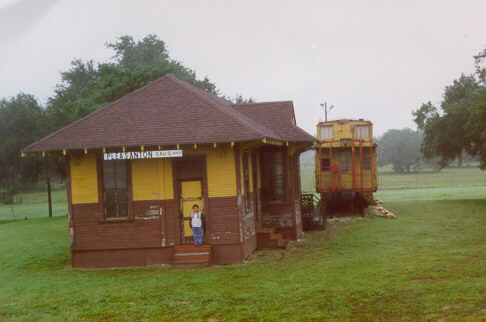
The changing tide of industrialization for Pleasanton
came down the rails of the S.A.U. & G. railroad. When completed in
1912, San Antonio, Corpus Christi and Uvalde were connected. A junction
was built a short distance north of town. So many people migrated to the
junction to work that they formed their own little community called "North
Pleasanton."

In 1925, the Pleasanton Ice Plant was built between the
tracks and first street. it still stands today. (1998) The plant manufactured
ice for the rail shipments of fresh produce going north.
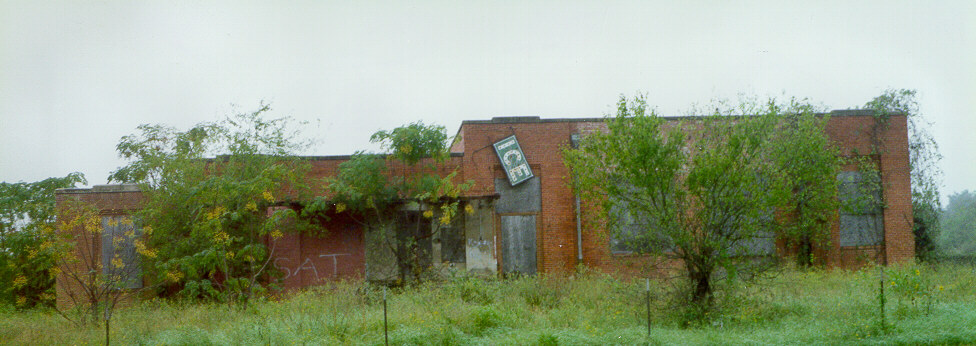
Citizens of Pleasanton
and the entire south Texas area received their ice from this same plant.
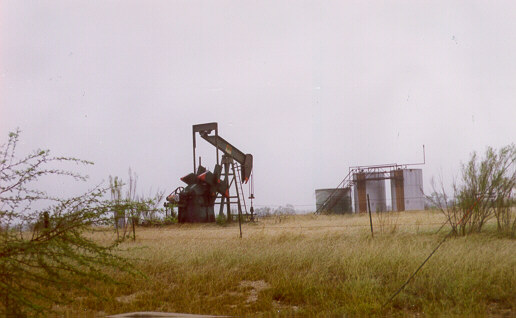
The implementation of field irrigation pulled Pleasanton
out from the grip of a serious drought that killed cotton elsewhere. The irrigation
saved area farmers back then and has saved many since.
In 1951, oil was discovered, and the last economic and population boom came to the area.
Three thousand people migrated to the area because of the oil boom.
To date, there are a handful of oil wells and oil service business still
in operation.

Pleasanton schools date back to 1858 prior to the time
Pleasanton was an official town. There is a 16 to 1 student to teacher
ratio. John L. Lamkins and W.L.H. Dees taught school for the county of
Atascosa during this time and the school house was located in town. In
1860 Pleasanton became school district #1. Town residents encouraged education and the attainment of higher ideals by its youth. The pioneer Mrs.
Mary Goodwin devoted her life to this philosophy beginning in 1884 as a
school teacher in the Red Rock School House built in Pleasanton in 1873.
Although the red rock of the school house has been covered over and painted,
the school is still in use today. There are 19 churches, representing
15 different denominations.
and the attainment of higher ideals by its youth. The pioneer Mrs.
Mary Goodwin devoted her life to this philosophy beginning in 1884 as a
school teacher in the Red Rock School House built in Pleasanton in 1873.
Although the red rock of the school house has been covered over and painted,
the school is still in use today. There are 19 churches, representing
15 different denominations.
I have been a resident of rural Pleasanton for only two years and in this short time I have witnessed the towns' continual growth, prosperity and good nature. In my opinion, Pleasanton has just as much to offer its residents as San Antonio with the great exceptions of long lines, rude and frustrated employees, and traffic jams. Many of the old businesses such as ranching, farming, and mercantilism remain the foundation of the town, but the town openly and eagerly endorses anyone who wants to come here and establish their own business. The Chamber of Commerce established here in 1951 was organized to fulfill the unmet needs of the town. It was created to "promote civic, economic, industrial, agricultural, military, professional, educational, social, public health, and general welfare of the people in the city of Pleasanton and its trade area." This organization is different from other Chambers in that it is an independent organization made up of people in the community, not directed by the U.S. or Texas chambers.
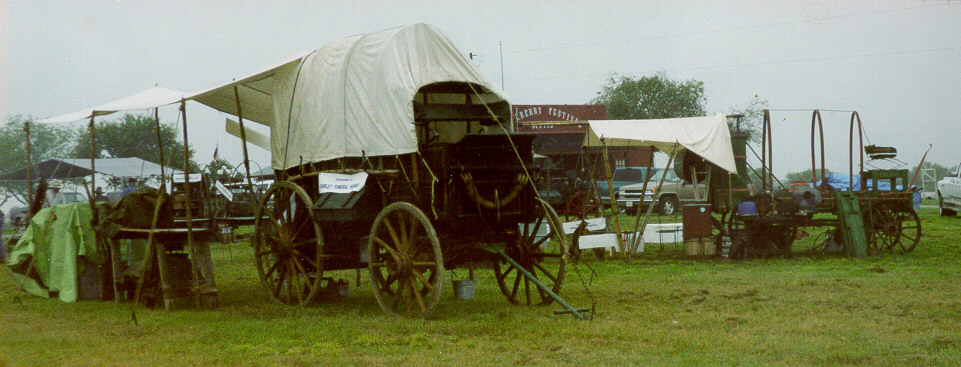
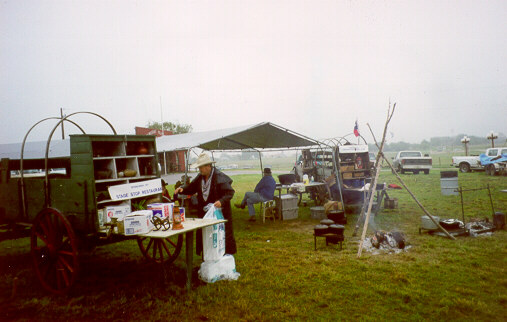
Many people who work in San Antonio have found Pleasanton a nice place to live and an easy commute to the city, thus the euphemism "Bedroom City." Pleasanton has every intention of continuing its course of growth and prosperity and barring the end of the world there is no reason to suspect that its' citizens will fail.

More Pictures
Click on pictures to see larger view.
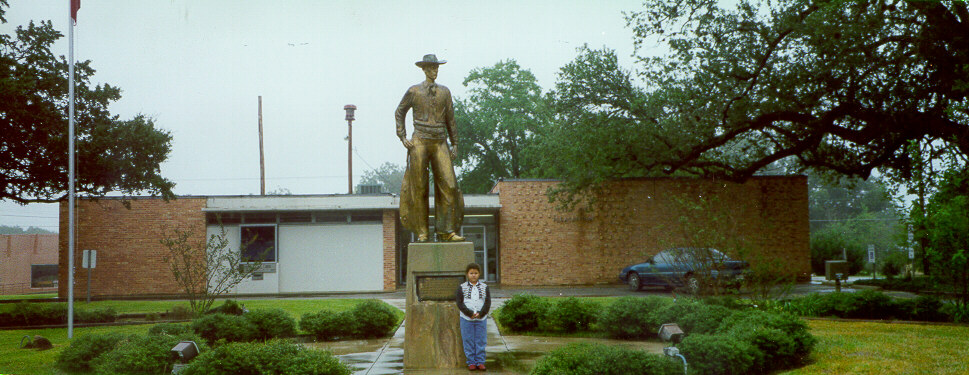
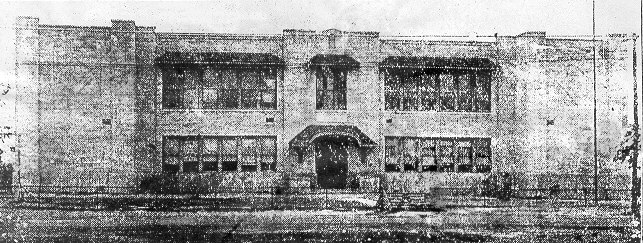
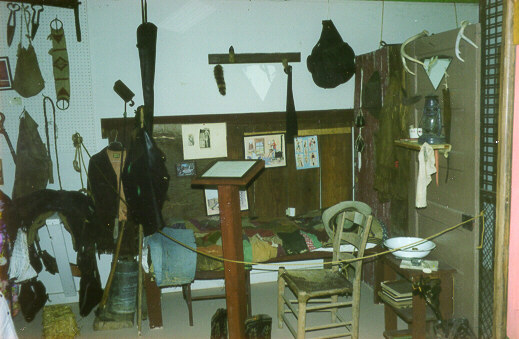
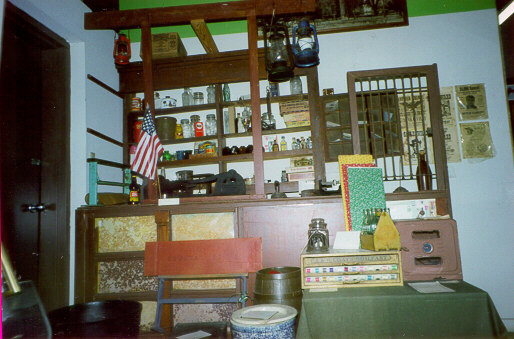

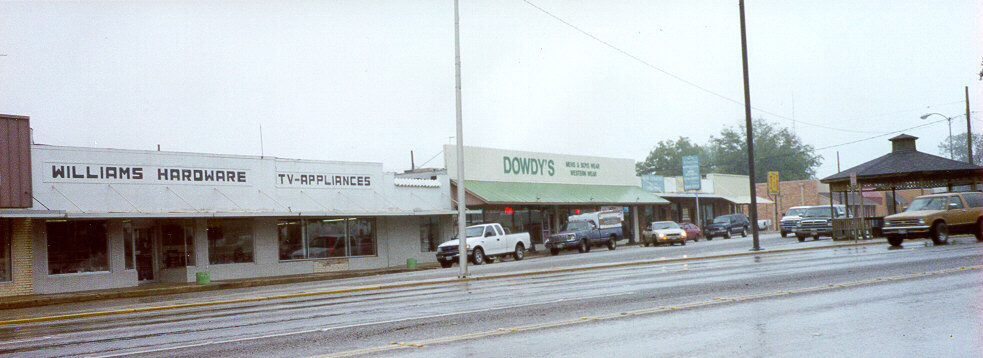

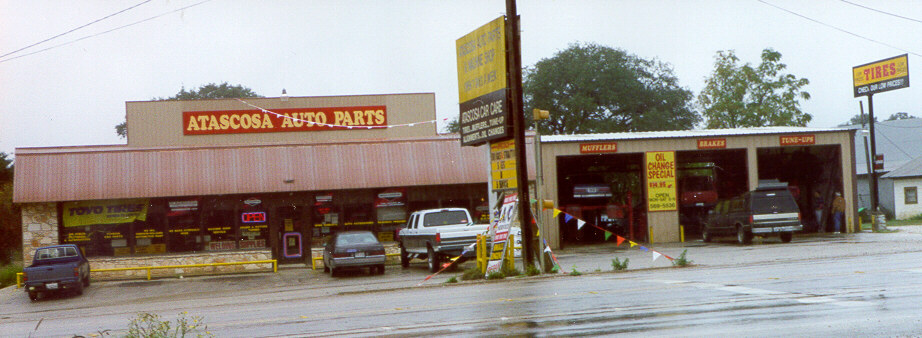
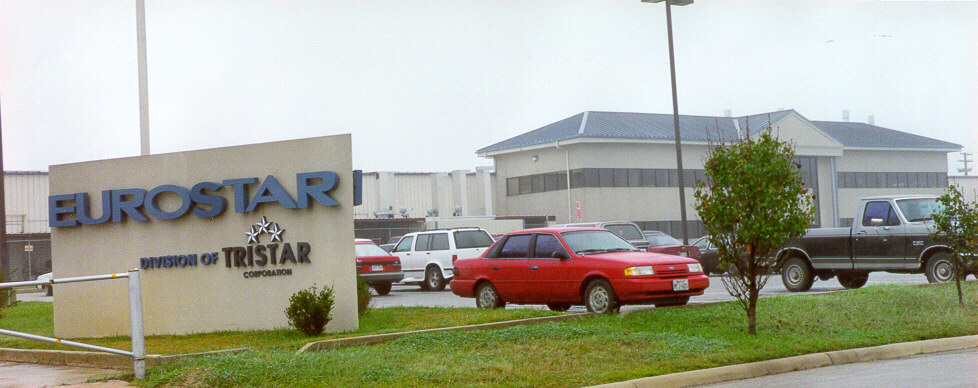
Works Cited
Atascosa History Committee, Atascosa County History. Taylor
Publishing Company. 1984.
Atascosa County County Fair 10th Anniversary Historical
Fair Book. 1983-1992.
Atascosa County Centennial 1856-1956, 3 Oct. 1956.
33rd Annual Pleasanton Cowboy Homecoming, 1998.
Franklin, Sammie "Ice Plant Inc. Hopes to Preserve Early
Atascosa County Relic" Pleasanton Express, 30 September 1998 p. 10.
martin, Larry D., The Brite's and Their Pioneering Spirit.
Texas: Maxwell House of printing, Inc.
Pleasanton Chamber of Commerce. Directory and Buyers Guide.
1997.
Royal, Dudler. Personal Interview. 5 Nov. 1998.
Smith, L.G. "Historical Review of Pleasanton Schools,
Dating Back to 1858." Pleasanton Express, 13 Aug. pp. 1D-5D.
Sowell, A.J., Rangers and Pioneers of Texas. 1984, rpt.
Argosy - Antiquarian Ltd. 1964.
St. Clair, Kathleen E, and Clifton St. Clair. Little Towns
of Texas. Texas: Jayroe Graphic Arts, Inc. 1982
Please send comments to: Robert
Hines
Return to Small Town Research Projects Index

 Today Pleasanton has three major thoroughfares running through it or past it. U.S. Highway 281 runs
parallel to main street and between the town square and city hall. U.S.
281 intersects Highway 97 which runs east toward Houston and west toward
Laredo. Interstate 37 and Highway 16 run north and south along the eastern
and western edges of town, respectively. Today, approximately one third of Atascosa county's residents live in Pleasanton.
Today Pleasanton has three major thoroughfares running through it or past it. U.S. Highway 281 runs
parallel to main street and between the town square and city hall. U.S.
281 intersects Highway 97 which runs east toward Houston and west toward
Laredo. Interstate 37 and Highway 16 run north and south along the eastern
and western edges of town, respectively. Today, approximately one third of Atascosa county's residents live in Pleasanton. 
 Many of these men
lost their lives to Comanche Indians as they began
to build their lives in this vast and wild land.
Many of these men
lost their lives to Comanche Indians as they began
to build their lives in this vast and wild land.







 and the attainment of higher ideals by its youth. The pioneer Mrs.
Mary Goodwin devoted her life to this philosophy beginning in 1884 as a
school teacher in the Red Rock School House built in Pleasanton in 1873.
Although the red rock of the school house has been covered over and painted,
the school is still in use today. There are 19 churches, representing
15 different denominations.
and the attainment of higher ideals by its youth. The pioneer Mrs.
Mary Goodwin devoted her life to this philosophy beginning in 1884 as a
school teacher in the Red Rock School House built in Pleasanton in 1873.
Although the red rock of the school house has been covered over and painted,
the school is still in use today. There are 19 churches, representing
15 different denominations. 










